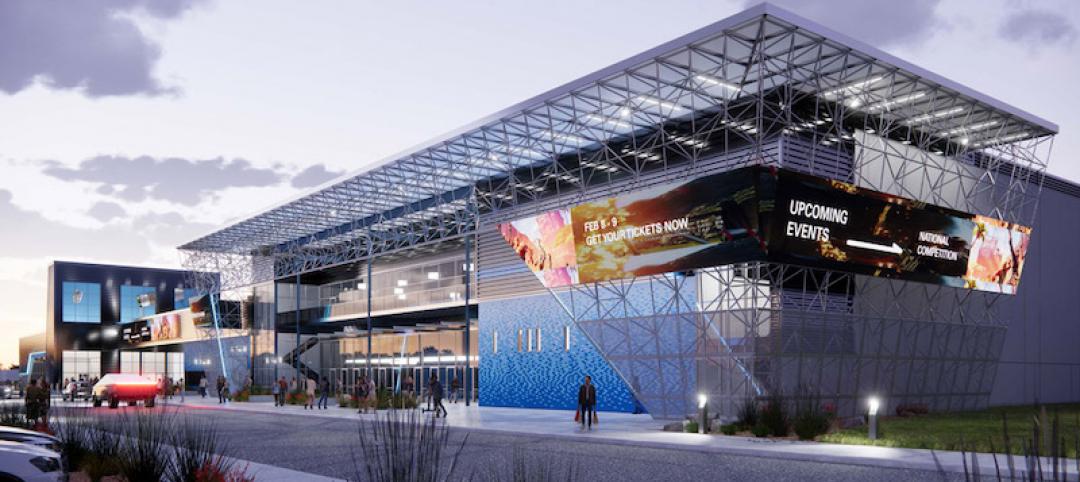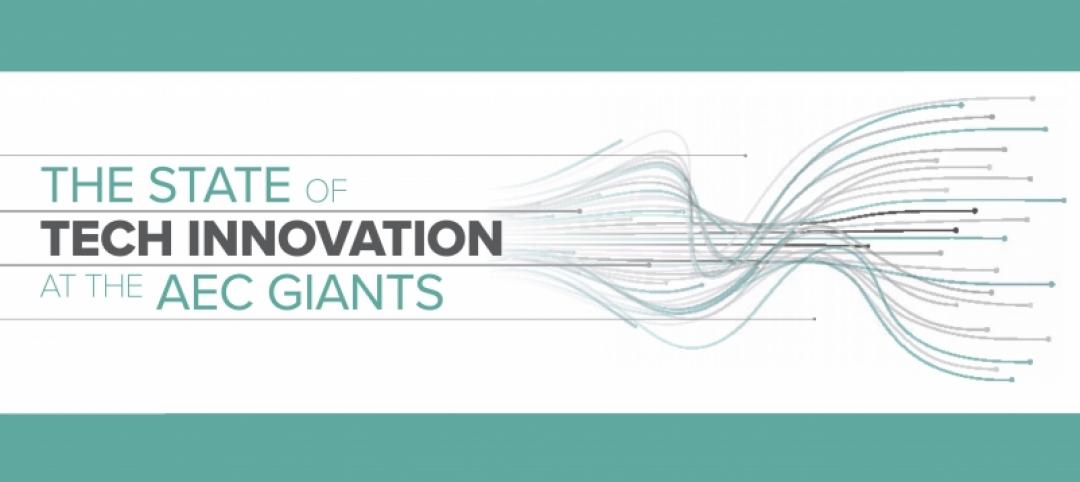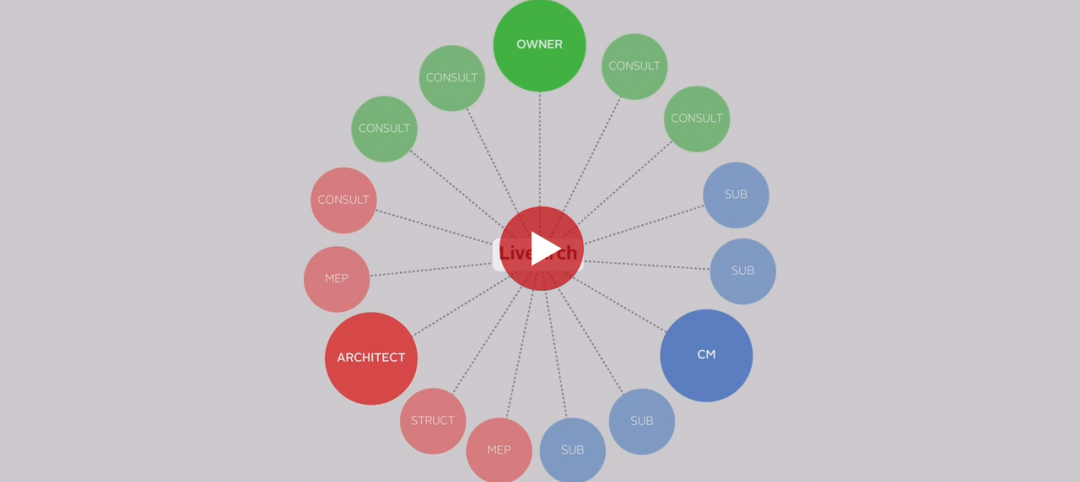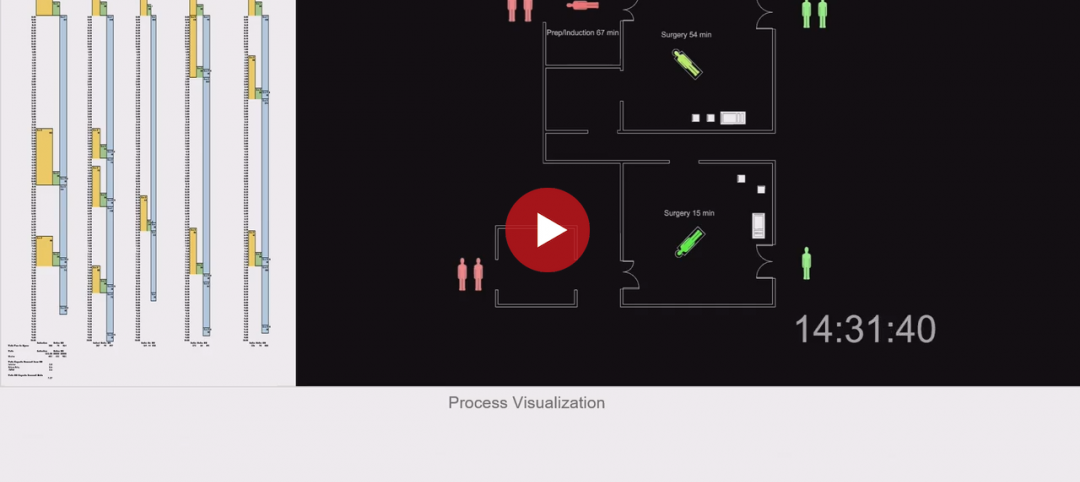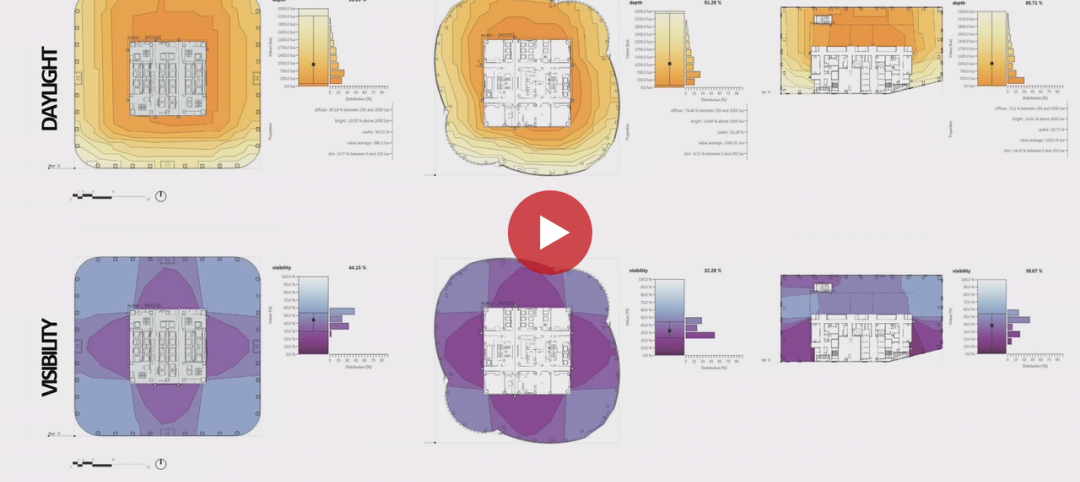One of the roadblocks to collaboration among AEC firms has been the clunkiness of trying to reconcile different modeling and simulation software plug-ins.
Nvidia, a Santa Clara, Calif.-based technology company that designs graphics processing units (GPU) for gaming and professional markets, thinks it’s come up with a solution: Omniverse, which Nvidia describes as the first RTX-based 3D simulation platform that fuses the physical and virtual worlds in real time.
In other words, Onmiverse lets AEC firms using multiple BIM software work together on projects across one platform seamlessly.
Omniverse is based on Pixar’s widely adopted Universal Scene Description (USD), the leading format for universal interchange between 3D applications. About three years ago, Pixar open sourced the entire platform to generate interest from other industries besides animation. Nvidia has built Omniverse on top of USD. The platform uses Nvidia technology such as real-time photorealistic rendering, physics, materials, and interactive workflows between industry-leading 3D software products.
BD+C's The WEEKLY speaks with Wood Bagot's Robert Cervellione and Nvidia's Richard Kerris.
“We can apply multiple GPUs to the platform, and can control how much data gets transferred [during collaboration],” explains Richard Kerris, Nividia’s GM-media and entertainment.
Over 40 firms—included Ericsson, Industrial Light & Magic, and Foster+Partners—and as many as 400 individual creators and developers have been using Omniverse for a year and providing Nvidia with feedback. The platform will go open beta by the end of this year, says Kerris. “We believe this could have huge implications across multiple verticals.” Kerris adds that Nividia hopes Omniverse will be useful for software developers.
OMNIVERSE WILL SAVE USERS VALUABLE TIME
Omniverse’s early adopters include Woods Bagot, the architecture and consulting practice with 13 offices, which is currently exploring the Omniverse platform to have a hybrid cloud workflow for the design of complex models and visualizations of buildings.
Before Omniverse, explains Robert Cervellione, Design Technology Manager for Woods Bagot’s New York studio, “platforms were limited to the software being used.” What makes Omniverse unique, he says, is that the platform can mix such popular plug-ins as Revit, Rhino, and Grasshopper. “Now, we don’t have to spend a lot of time exporting stuff from one plug-in to another. Even a non-technical project manager can see, real time, what’s going on,” says Cervellione.
Woods Bagot is already using Omniverse on several projects it has submitted for competitions. And it’s been testing to make sure that all of the plug-ins remain stable. “It’s such a well-designed system that it takes very little effort to get it to work,” says Cervellione. “It glues everything together.” The next step for his firm, he says, is to roll it out to its offices so that it can be used for live projects.
OMNIVERSE SUPPORTED BY MAJOR SOFTWARE LEADERS
The industry’s major software leaders, including Adobe, Autodesk, Bentley Systems, Robert McNeel & Associates, and SideFX are supporting Omniverse. Blender has been working with Nvidia to add USD capabilities to enable Omniverse integration with its software.
“The importance of our two-year collaboration with NVIDIA cannot be overstated,” says Amy Bunszel, senior vice president for Design and Creation Products at Autodesk. “Projects and teams are becoming increasingly complex and we are confident Autodesk users across all industries will share our enthusiasm for Omniverse’s ability to create a more collaborative and immersive experience. This is what the future of work looks like.”
A complete list of software partners is available at nvidia.com/omniverse.
Related Stories
Smart Buildings | Oct 26, 2020
World’s first smart building assessment and rating program released
The SPIRE Smart Building Program will help building owners and operators make better investment decisions, improve tenant satisfaction, and increase asset value.
Architects | Oct 14, 2020
The Weekly Show: AI for building facade inspections; designing a world-class architecture firm
The October 15 episode of BD+C's "The Weekly" is available for viewing on demand.
AEC Tech Innovation | Sep 18, 2020
New Innovation Center should heighten Port San Antonio’s tech profile
The facility will include a 2,500-seat arena and serve as new home for the city’s S&T museum.
AEC Tech Innovation | May 11, 2020
A resort with a giant artificial wave basin is being planned for southern California
Technology claims to offer surfers the longest ride in a man-made setting.
AEC Tech Innovation | Apr 27, 2020
Exclusive research: 130 AEC Giant Firms Reveal Their Top Technology and Innovation Initiatives
This free 17-page PDF report includes the complete findings from BD+C's survey of the nation's largest architecture, engineering, and construction firms.
AEC Tech Innovation | Apr 23, 2020
When Buildings Design Themselves
Architect, designer, and author Lance Hosey explores the implications of a built environment completely designed and built by computers.
AEC Tech Innovation | Apr 23, 2020
Beyond BIM: Getting Your Systems in Sync
Architect Carlos Cardoso demonstrates Beyer Blinder Belle's proprietary software tool for sharing project information in real time with all parties (think: BIM meets Google doc).
AEC Tech Innovation | Apr 23, 2020
Leveraging Computational Design in the Realm of Occupancy Evaluations
Design technology whiz Dane Stokes discusses how his firm is using computational design tools to refine its design process, optimize building performance, and enhance client collaboration.
AEC Tech Innovation | Apr 23, 2020
Bionic Practice: Data Rich Design?
What happens to the design process when computers can deliver information that is accurate, instant, and supports design that is 'provable' to be the best?
AEC Tech Innovation | Jan 30, 2020
Get the lead out: A roadmap for creating an agile, tech-focused AEC practice
AEC tech consultant Nathan Miller talks about how design and construction firms can move toward agile, digital solutions that capitalize on near-term innovation.





